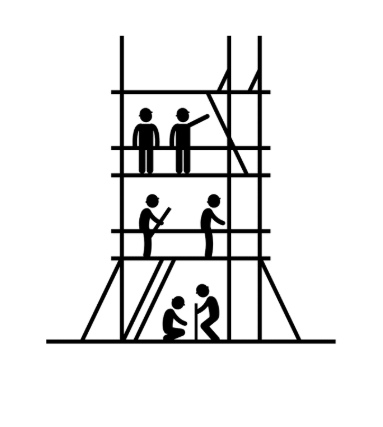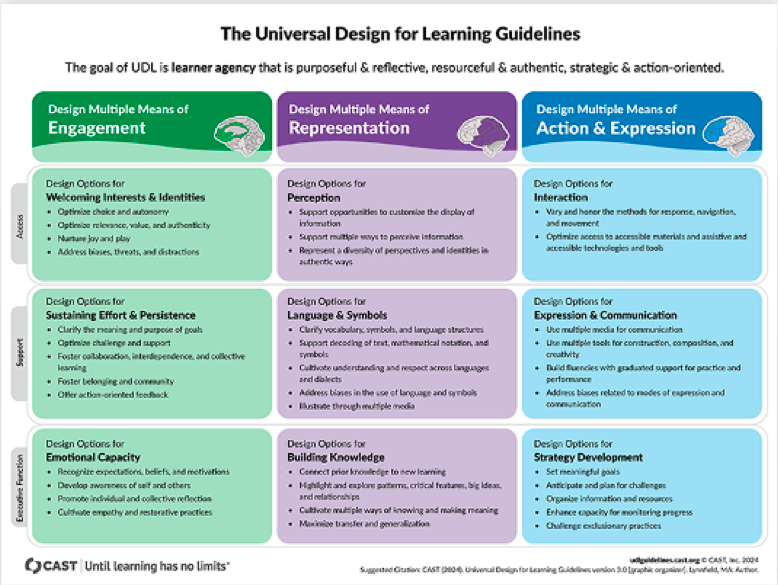Educators implement effective planning, instruction, assessment and reporting practices to create respectful, inclusive environments for student learning and development.
To create a learning environment that celebrates curiosity and engagement, educators must thoughtfully plan lessons that cater to the diverse levels of their students. These lessons should align with the British Columbia Curriculum, incorporating the Core Competencies and the First People’s Principles of Learning. Additionally, Inclusive Education must be at the heart of lesson design, ensuring all learners with exceptionalities are valued and supported. Clear and concise learning intentions and criteria are essential to ensuring the learning objectives are accessible to everyone.
While I recognize there is still much to learn about designing effective lessons and assessments, this block provided valuable opportunities to practice and refine my skills. Through adapted lesson planning, we explored the fundamental components of a successful lesson plan. Three key takeaways I will apply in my lesson design are:
- Scaffolded learning (or chunking): Breaking down complex concepts into manageable steps to support student understanding and success.
- Incorporating both formative and summative assessments: Using ongoing assessments to guide instruction while ensuring final evaluations measure student learning.
- Following the Universal Design for Learning (UDL): Designing lessons that are inclusive and accessible to meet the diverse needs of all learners.

Scaffolded learning is a teaching technique that involves breaking down complex or large concepts into smaller, more manageable steps. Through our lesson plan practice, we had to focus on narrowing our scope to ensure we were designing lessons, not full units, which allowed us to concentrate on delivering targeted and achievable objectives. This method allows for continual check-ins with students to monitor their progress. It also reinforces previously learned information through repetition.
Incorporating both formative and summative assessments is essential for guiding instruction and evaluation student learning effectively. As highlighted in Lorna Earl’s article, Earl emphasizes that assessment is not just about assigning grades, it is about supporting the learning process. She highlights three types: assessment for learning (using ongoing feedback to guide instruction), assessment as learning (helping students reflect and take ownership of their learning), and assessment of learning (evaluating final achievement) (Earl, 2003). Earl emphasizes the importance of focusing on for and learning to create a more meaningful and student-centered approach.
The Universal Design for Learning (UDL) emphasizes creating lessons that are inclusive and accessible to all students. By providing multiple means of engagement and representation, UDL ensures that every learner can interact with the material in a way that best suits their needs. Adhering to these principles will allow me as a future educator to remove barriers and to foster an equitable learning environment where all students have the opportunity to succeed.
Works Referenced:
Earl, Lorna. Assessment as Learning: Using Classroom Assessment to Maximise Student Learning. Corwin Press, 2003. Reprinted with permission from University of Victoria, 2009, web.uvic.ca/~thopper/iweb09/GillPaul/Site/Assessment_files/Assessment.pdf.

